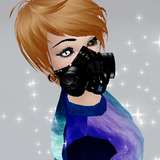
上传成功
举报
转发
文章


Miss Chen
2018年01月30日
0
@bell stefani You can search for the name of the plant.:)

bell stefani
2018年01月11日
0
hi Miss Chen lovely article! I have a question off topic, I'm new and how do I find the articles I have favorited? sorry for the random question! hope you have a great evening, thanks :)
滚动加载更多...
article








